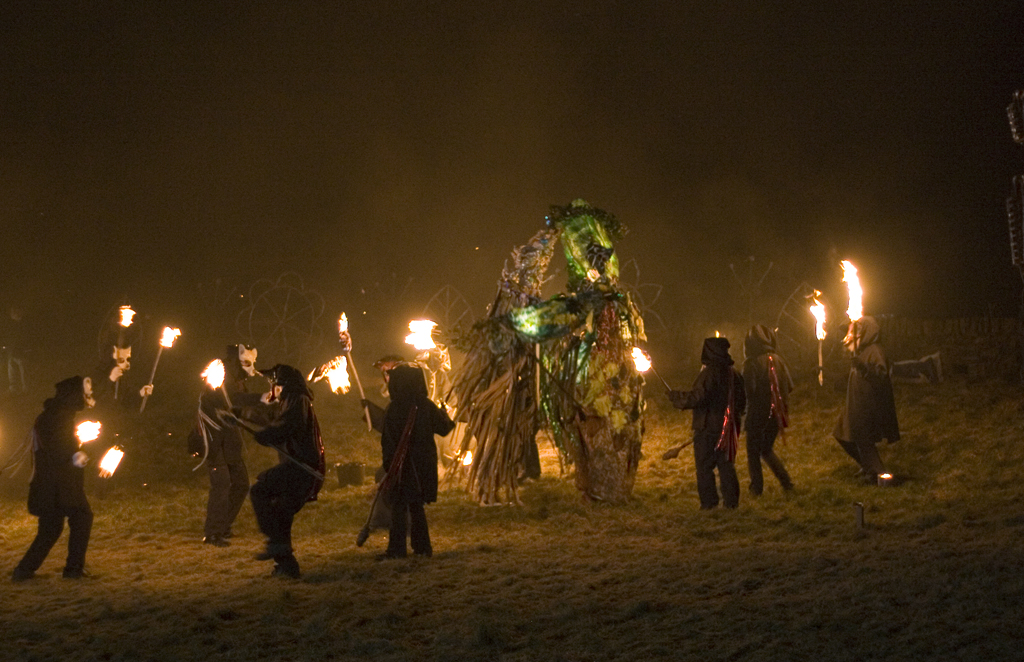The Washington DC football team announced on Monday that it would be retiring it’s racist mascot causing nation-wide discussion. Yours truly has certainly been well into the fray.
A young lad has sought to question me on my stance and impugn the validity of Native American concerns on this subject. As is a standard practice of mine, if it takes more than a couple paragraphs to make my point online, it goes on the blog. So, here we go.
“Yeah that’s some who are offended, I know some indigenous people who aren’t. Aunt Jemaimahs family begged for the company to not issue a rebranding, apparently syrup is now racist too. I’ve never understood why anyone other than a white guy with a sunburn would be offend of the term “redskin”. OUR skin isn’t red. Who cares.”
It helps to have taken the time to learn the history of that term and Native Affairs in this country. One who has would be less likely to conflate different unrelated issues while repeating sound bites and talking points from conservative media.
It’s not simply “some who are offended.” It’s the National Congress of American Indians, the oldest, largest and most representative Native organization in the country which has advocated for the interests of Indians for nearly a century. It’s the American Indian Movement, Idle No More, countless tribes, and nations and virtually every native activist movement in this country for 50 years who have recognized the ill social affects of caricatures being the dominant representation of native people in media while rich white people make millions of dollars from it, despite what your buddy on the street might think.
It’s not that the r-word is offensive as in it hurts little snowflake feelings. It is literally the Native American equivalent of the N-word. It is a word used historically as a means to dehumanize Indians.
Throughout the 19th century that term was used to designate Natives as wild savages who were only suited to be killed, hunted down like rabid animals. Bounties were paid for “redskins.” Often times scalps were taken as evidence for the number of “redskins” killed to fetch a higher payment. Be assured when someone called us redskins they were not “honoring” us. They were saying we were less than human and just in the fucking way.
Indians are not honored by a dehumanizing term historically used to encourage and promote our genocide. This is a genocide that continues today by definition as per the UN Council on Genocide, and Raphael Lempkin who coined the term. Natives are still fighting for basic rights and amenities as human beings while mostly white millionaires continue to get rich off the legacy of genocide and colonialism, portraying Indians as the things of their fantasies.
This all gets into media representation and how it impacts the quality of Native life. Indians are only about 1% of the US population. Most of those are concentrated in a few states and mostly in remote communities. So, the average American does not have any meaningful interaction with a Native American on a daily basis, much less a native community. These people get the majority of their perceptions of Indians from media and sports. This includes some natives as well who have been acculturated, are often urban and do not interact with a native community.
How Natives are represented in media affects how we are viewed by the majority of the population. How we are viewed by the majority of the population matters when we need our issues to be taken seriously and acted upon in an appropriate manner.
If we are viewed as impish caricatures, savage beasts, or even romanticized relics of a bygone era, we are not seen as real human beings. That affects the socio-political environment which we as 1% of the population are powerless to overcome on our own.
If we’re not viewed accurately as real, modern humans then our tribal sovereignty is not viewed as something to take seriously. Our land rights are at risk, our religious rights are at risk (did you know Indian religions were outlawed until 1978?), our very existence as Indian people is at risk. And when these harmful stereotypes infect our own youth it has been shown to negatively impact their self perception and limit their imagination as to what they’re capable of achieving in life. This has long-term negative implications for individuals as well as for tribes and nations.
There is far more at stake here than simple hurt feelings about the color of our skin.












